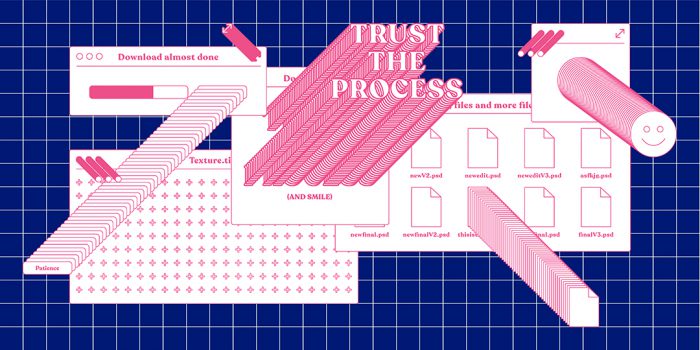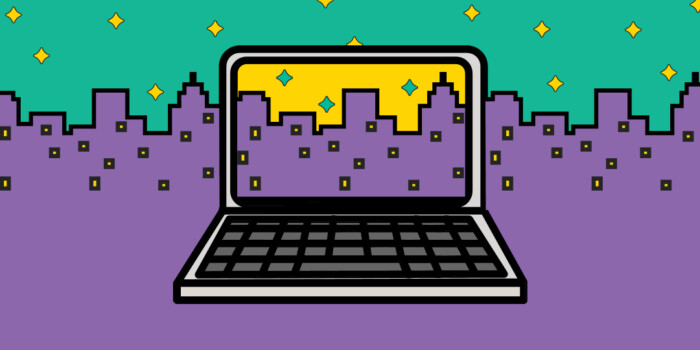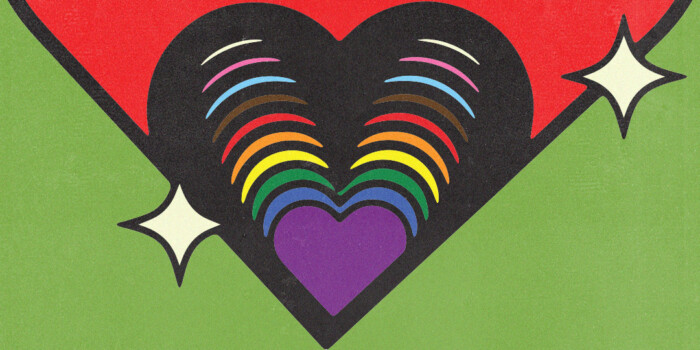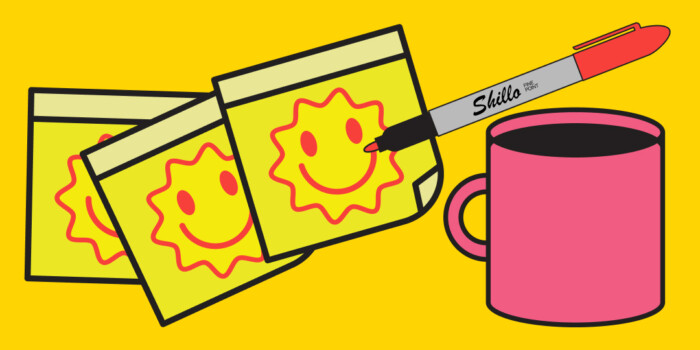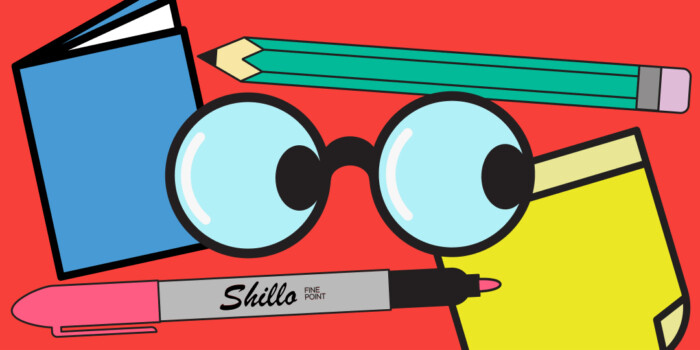How to Build Your Creative Toolkit (4 Things You’ll Need)
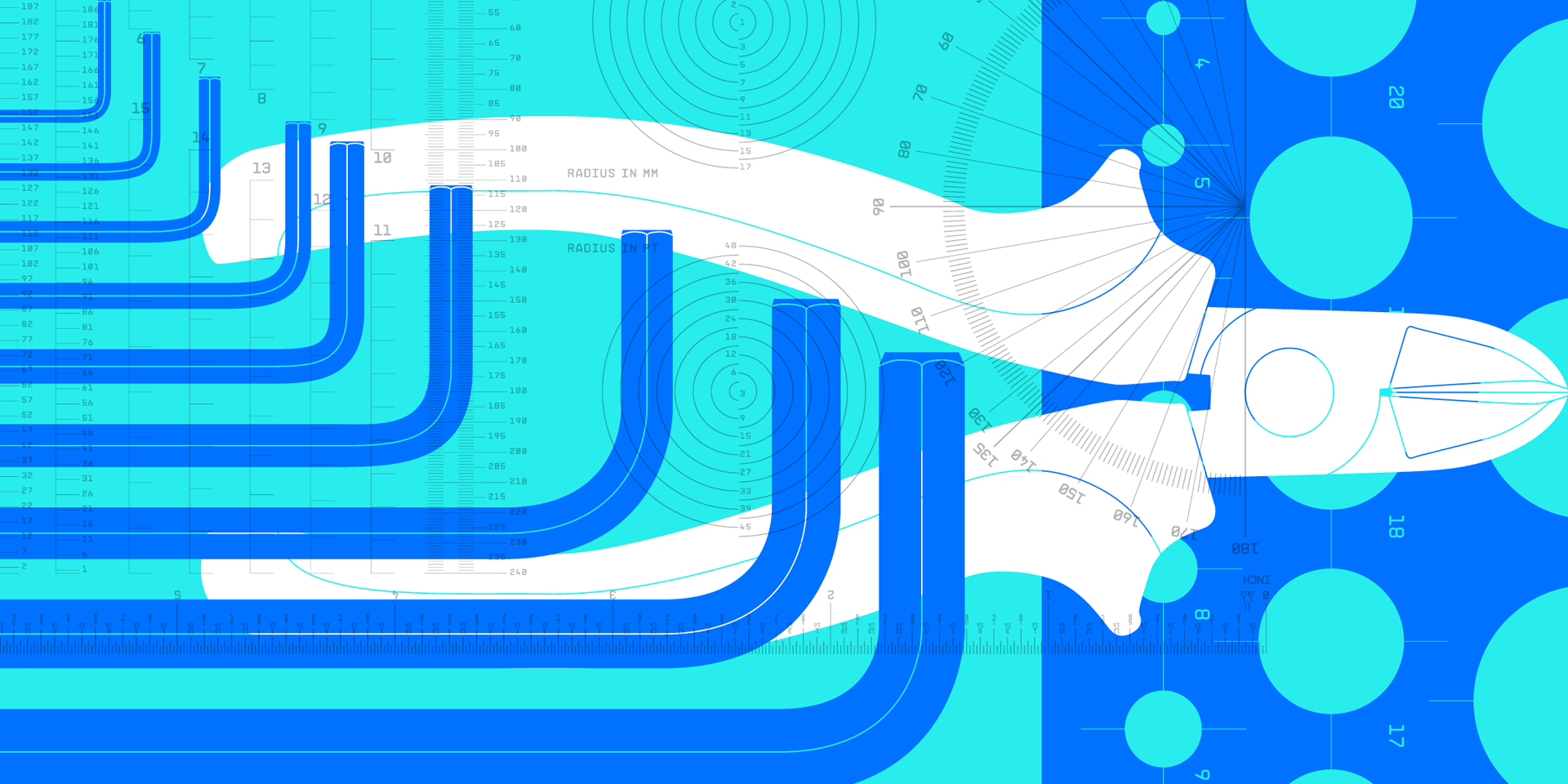
Welcome to our newest guest author Mark Ellis! Mark is a Creative Director and Brand Transformation Consultant. He specialises in brand strategy and rollout, campaign development, digital product development and design thinking. He is also the founder of VCN (Visual Content Network) with 2000+ members, which exists to change perceptions, enhance understanding and improve our world by supporting the creation of ground-breaking visual experiences. Last but not least, Mark has just been appointed as a part-time teacher at Shillington’s London campus—we’re really excited to have him as part of the team!
Choosing design as your career is the beginning of a lifetime of learning, improving and iterating. It’s not a profession that lends itself to dipping in-and-out of. A designer requires an always-on mindset which connects them with the world. It’s a mindset which helps to find inspiration in the most unusual places and make connections between ideas, which push boundaries and create something new.
I was recently asked my opinion on the most important attribute required to be a successful designer. The truth is, I’ve known hundreds of designers over the years and it’s near impossible to pick one most important thing which works for all of them. Except, perhaps, a genuine passion for design – and life in general, which provides all the source material that a curious mind required.
Whichever stage a designer is at in their career, however, there’s a ‘toolkit’ which can be used which will serve them well. I refer to this as the S4 Design Toolkit, one which I’ve used to help designers develop their careers over the years.
There are four ‘streams’ in the toolkit, within which most attributes of a successful designer can be placed into. These streams help form the basis for ongoing learning and development as a designer, and can help identify strengths and weaknesses along the way.
1. Skills
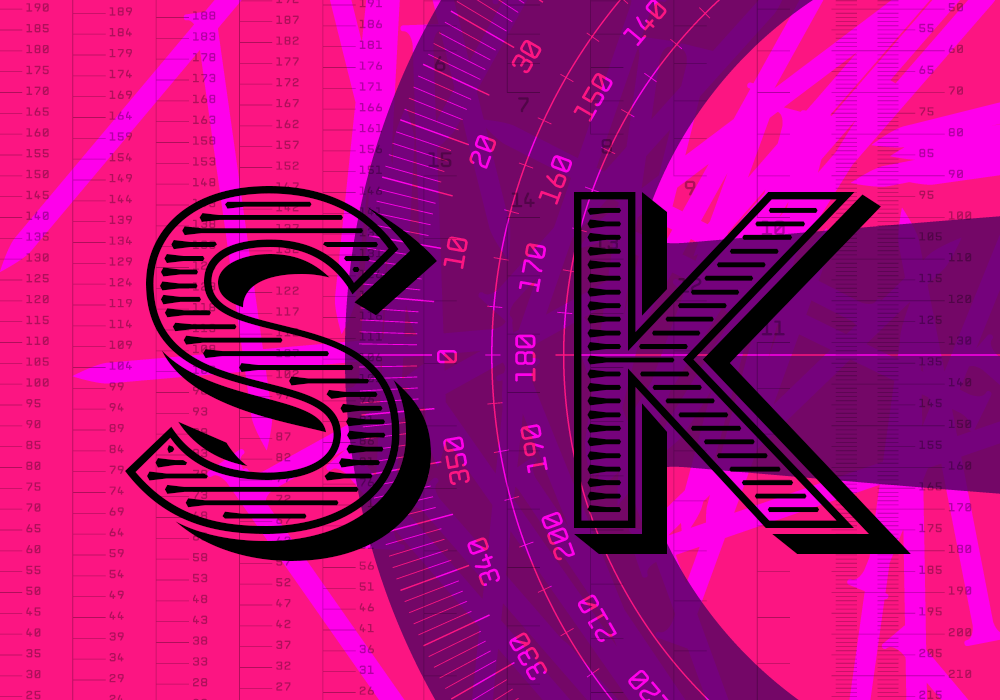
Learning and mastering the tools of your trade are essential. From getting to grips with digital programmes such as Sketch, Photoshop and AfterEffects, to offline skills such as illustration, wireframing, mastering typography, running an effective workshop or putting together visuals for a presentation.
It’s essential to have some basic skills locked down from the beginning of your career, as these will be called upon from the start. A good working knowledge of the tools used in your chosen career path will really help in those early days, where hands-on design interpretation and artworking could play a large part in your day-to-day.
I look for clear evidence of skills when presented with portfolios. A flair for typography, clever use of colour, an understanding of proportions. Consistent application and an eye for detail all fall into this category. It’s a good idea to work on your skills. Hone them – and stay on top of them throughout your career.
2. Strategy

A designer needs to understand the context of the work they are being asked to produce. No brief exists in isolation, there’s always a goal, a purpose, a cause and effect. The ability to see the bigger picture will serve you well.
Your strategic brain will help you understand your client’s business and their longer-term goals. It allows you to make connections between audiences and actions, to look beyond the brief and to have a clear idea as to why you’re being asked to undertake the work
This understanding helps you to know when to challenge the brief. To have the clarity and confidence to say, ‘this isn’t the problem your business needs to solve’. Or ‘this brief doesn’t sit comfortably with your mission.’
Thinking strategically helps build stronger relationships, both with clients, who will be reassured you are looking beyond the brief, and with other collaborators or suppliers, who will appreciate your ability to explain the wider context. Your ability to think bigger, to understand the longer-term, often unlocks further work, ensuring your opinions and insight add value way beyond just producing a visual response.
3. Sales
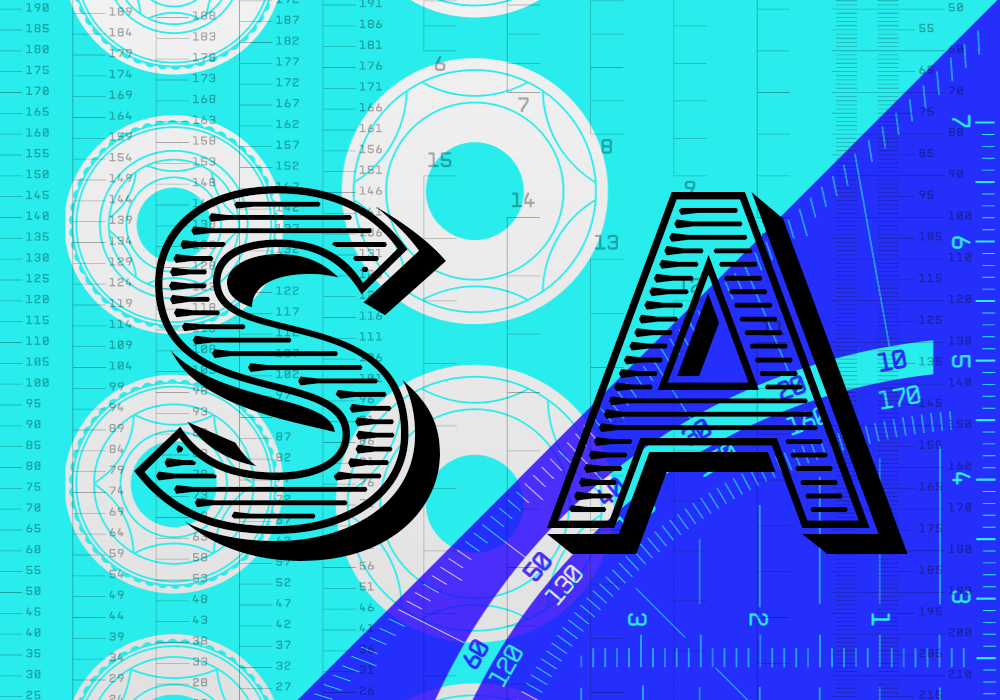
Sales are something that can often be overlooked when thinking about the reasons why you want to pursue a career in design. But it is vitally important. The majority of a designer’s work will be commissioned to sell stuff! Being fully aware of the commercial goals of your project, upfront, will help you make the right decisions with your design.
A commercial-minded designer will be asking questions about the audience’s habits. What does this audience want? What do they respond to? What are their triggers? You’ll be thinking about how you want your audience to think, feel and act in response to your design.
Then there’s another side to sales, one that many creatives are not naturally adept to, and maybe never quite master. This is the ability to understand the commercial worth of their work.
From understanding how much your time is worth – and being able to cost a project accordingly – to getting a handle on the wider value of your expertise to a client, knowing the value of your work to a client is key to commanding the correct fee. That hour-long meeting, in which you helped a client reimagine their brand – and which you did for free – would be gold to them, worth far more than the few hours design work that you actually charged for!
4. Solutions
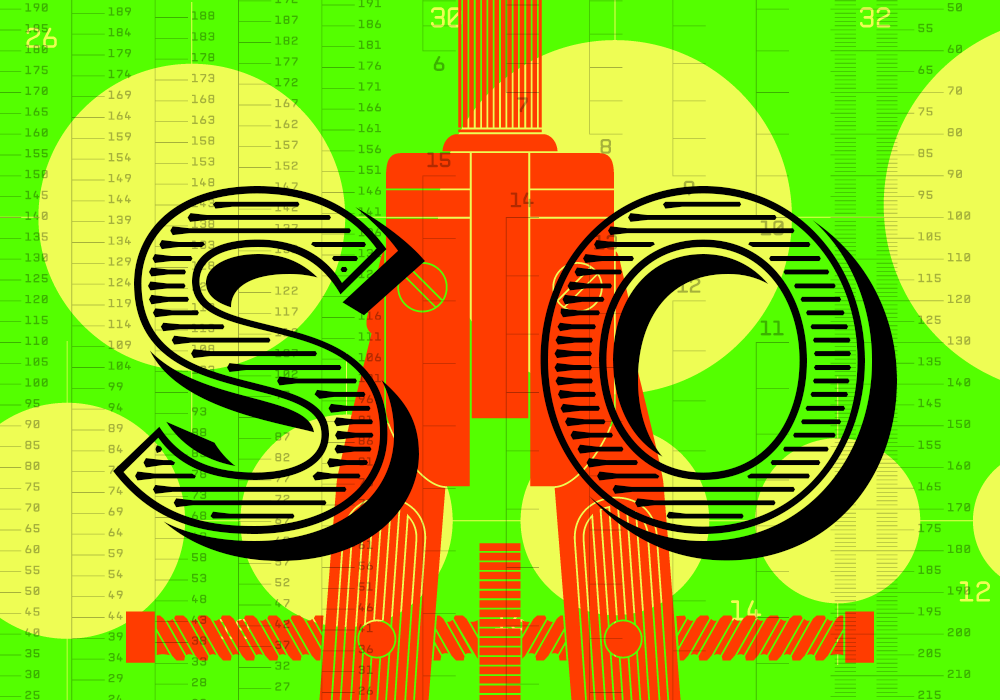
Your invaluable ability to turn a project from mere words, a marketing team’s dreams on written in a brief, to something special, is the most important stream in our toolkit. It’s what makes you a paid creative person.
Your creative solutions are the magic spark that makes clients, project managers and account directors smile. It’s the prism you place in front of the light to create a delightful spectrum of inspiration.
Being able to ‘lay golden eggs’ on demand is not something that comes easy to most. It may well be something you are good at, and your ability to think creatively could be a reason for you wanting to be a designer in the first place. But, however easy you find it, coming up with original solutions will be a process that you’ll hone throughout your career.
The ability to defend your solution is something you must develop too. Often, a solution is something new and surprising to your colleagues or client. Something unexpected. It may get naysayers, critics, nervous clients. Your solutions are the most precious part of your design toolkit. Defend them with your creative life!
Big thanks to Mark for sharing the S4 Design Toolkit with us—take heed designers, new and old! Interested in becoming a designer yourself? Check out Shillington’s online graphic design course—and become a graphic designer in nine months part-time.
Want to win some amazing prizes and stay in the loop with all things Shillington? Sign up to our newsletter to automatically go in the draw.


